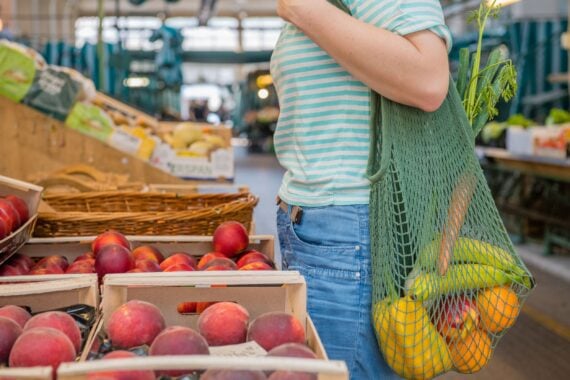The health and wellness food market is big business — it’s often referred to as the next trillion-dollar industry. According to Statista, it will be valued at $811.82 billion by 2021. So it’s no surprise that companies are trying to grab a portion of those dollars by cranking out endless products and trends each year, and 2019 was no different, and it might go down as one of the more interesting years on record, particularly due to trends like new faux meat products and an explosion in the CBD market. We found more bad than good in health food trends this year. From mushroom madness to a bigger focus on sustainability, here’s a look at the trends and developments that dominated the past year.
Best: Sustainability
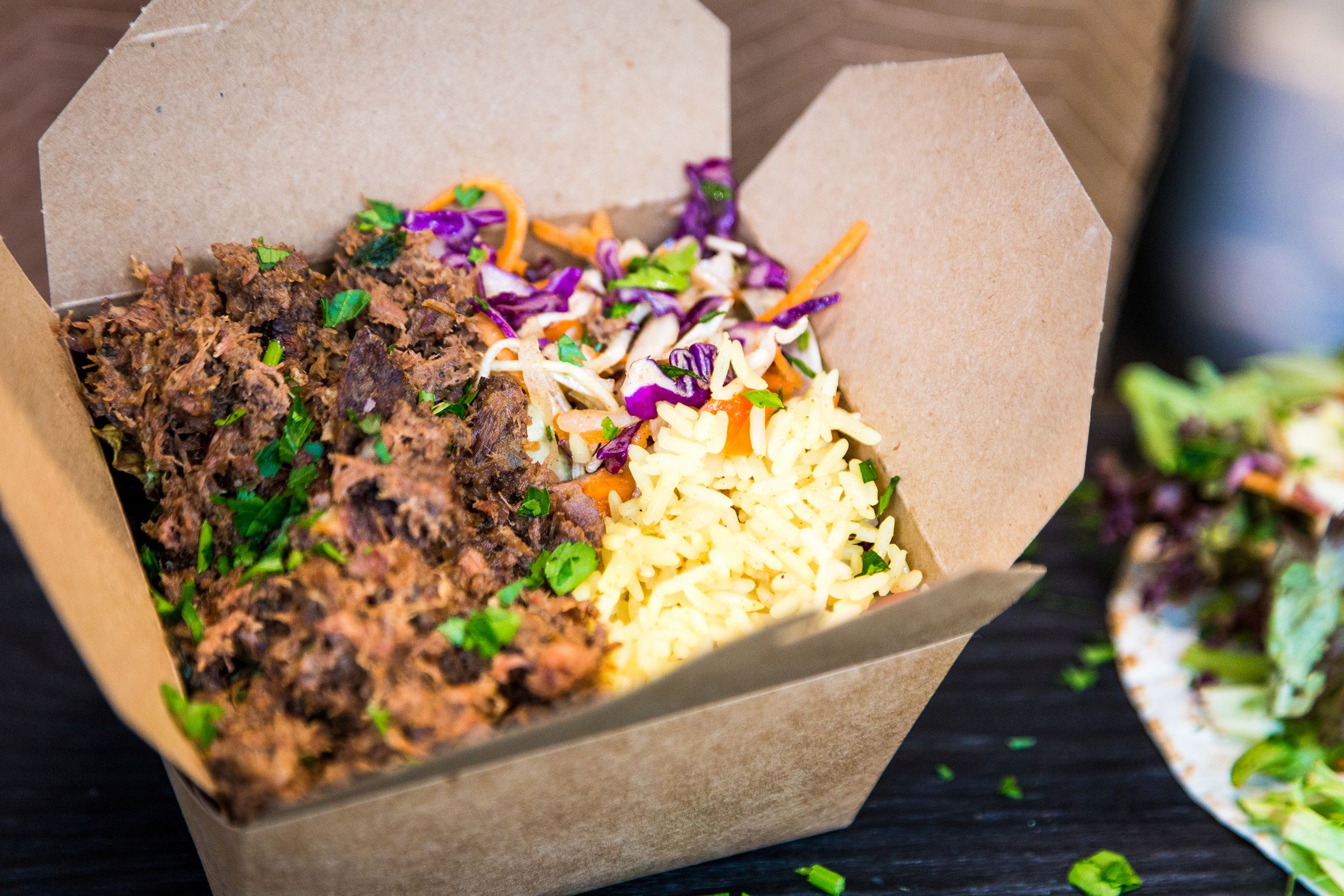
From demanding more sustainable packaging to an increased focus on menu transparency, Americans are placing more importance on knowing where their food comes from and how its harvest and production has impacted the environment and climate. This trend has driven the founding of companies like Sustainable Restaurant Concepts, which claims it’s “defining the future of hospitality through a deep commitment to environmental and social change.” Take SRC’s Denver-based restaurant Bamboo Sushi, for example. It is the world’s first “certified sustainable” sushi restaurant, aiming to limit its “carbon, waste, energy, and environmental impact” in everything from the design of its space to its operational decisions to where ingredients are sourced. Packaging is another major component of sustainability in the food industry, with more emphasis placed on compostable wrappers, and companies like Celestial Tea making the decision not to use unnecessary strings, staples, and individual wrappers on its tea bags.
Related: 15 Ways Restaurants Have Changed Over the Past Decade
Best: Functional Foods

The American public is becoming more educated about nutrition all the time, and an understanding of functional foods — those that have an added health benefit beyond basic nutrition — is a big part of that. For example, turmeric has anti-inflammatory benefits, nuts promote heart health, beans and oats provide dietary fiber, and so on. Americans have an increasing understanding that food can be used as medicine and are embracing it. According to the food data-analytics company Tastewise, “37% of consumers are using food as a functional tool to reach their goals; antidepressant, anti-inflammatory, antioxidant, weight loss, energy boost or gut health goals are particularly important for consumers.”
Worst: Meatless Meat

A good trend in some ways — providing the world with meat is a huge contributor to the climate crisis — Vox wrote earlier this year that meatless meat, despite being made from plant proteins, is about as good for you as the actual meat it’s trying to mimic. Why? It’s heavily processed, and as we’re all well aware, processed foods aren’t necessarily good for you. So, if you want to eat Impossible Burgers for the good of the planet or because you love the taste, go for it — just know it’s not really a health food.
Related: 30 Best and Worst Menu Items of 2019
Best: More Mocktails …

More and more people are giving up alcohol, so much so that a new lifestyle term has been coined for it: the “sober curious movement.” But with more and more non-alcoholic drink options that still are cocktail-like in flavor and appearance on the market, giving up the booze doesn’t have to mean giving up the party. And according to Research and Markets, the trend is only expected to grow over the next few years.
Best: … And More Mushrooms

Shrooms are showing up everywhere — in coffees and teas, as part of the meatless meat movement, in snacks, and beyond. And for good reason. They’re full of riboflavin, B vitamins, selenium, niacin, and potassium, and can help with everything from boosting metabolism to calming anxiety to improving immunity. There also are countless different varieties and flavor profiles, not to mention methods for cooking them. This makes them one of the most versatile functional foods out there.
Trending on Cheapism
Worst: Celery Juice

Did you know there’s a Global Celery Juice Movement? While some proponents of the movement claim that drinking 16 ounces of the stuff everyday can save your life, we pretty much all know by now that no one food is the culinary be-all-end-all for health. Celery and its juice are no doubt good for you — and if you like how it tastes, by all means, eat or drink as much as you want — but so are plenty of other green vegetables.
Related: 20 Foods Americans Eat Now That They Never Heard of 20 Years Ago
Best: Healthy Snacking Revolution

The explosion of healthier snack options was huge this past year, and now we have healthier nibbles on the market like toasted coconut chips, gourmet pumpkin seeds, and dark chocolate chickpeas. A 2016 study indicated what was to come, with 62% of people stating that they snacked throughout the day, and 47% averaging four or more snacks per day. The reasons why we snack so much might not be welcome news — in the same report, 43% said it was because they were in a rush, and 38% were too busy to eat an actual meal. But with our more hectic lifestyles unlikely to change anytime soon, the dizzying number of more nutritious snacks can only be seen as a good thing.
Worst: Intermittent Fasting

While there is a growing body of evidence that shows that intermittent fasting can help with decreasing insulin levels, increasing mental clarity, and weight loss, many experts agree that it’s not realistic, or even healthy, for many people to maintain over the long term. Other experts note that other diets, such as plant-based or Mediterranean, can achieve similar effects.
Sign up for our newsletter
Worst: Cauliflower Wings

If this trend proves anything, it’s that humans can take any good thing and stretch it too far. The last couple of years have proven that long-neglected cauliflower is a wonderful food: It’s versatile, extremely low-carb, and packed full of nutrients. But saucing it up and masquerading it as “wings?” As Bon Appetit is here to point out, there are just too many other delicious and more nutritious ways to prepare our favorite pale cruciferous veg to mess around with that madness.
Best: Less Toxic Sweeteners

Lower-carb diets like keto and paleo have many people striving to cut back on sugar consumption, but eliminating a sweet tooth is tough. But 2019 saw many Americans choosing more natural sweeteners like monk fruit and the sugar alcohol erythritol — both of which are now showing up alongside stevia in major grocery store chains. While there can be some side effects in these products, for many they wreak less havoc on the body’s systems than sugar, and are certainly a better alternative to more toxic options.
Related: Paleo Diet, Gluten Free, or Keto? Eat Cheap No Matter What
Best: Healthy Fats

Did you think you’d live to see the day that fat showed up on the health food trend list? Can we get a hallelujah? After decades of enduring no-fat or low-fat foods — those products often loaded with sugar to make up for the taste-deficit that occurs when you remove fat — we are once again indulging in the good stuff. That said, Americans now also realize there are good fats and bad fats, so sticking to foods like nuts, avocados, coconuts and, in moderation, butter and other heart-healthy oils, is still best. Alternative fats like MCT oil and ghee are also showing up in many diets.
Worst: Avocado Appreciation

Yes, avocados are delicious and a photogenic healthy fat, making them a perfect health food for the modern Instagram age. Turns out they’re also pretty awful for the planet. A recent study showed that producing just two avocados adds “a whopping 846.37 grams of carbon dioxide” to the atmosphere. They’ve also spiked in price, and are even more expensive when you mash them up and slather them on artisanal toast. Maybe we should be practicing more moderation when it comes to avocados?
Best: CBD & Hemp Products
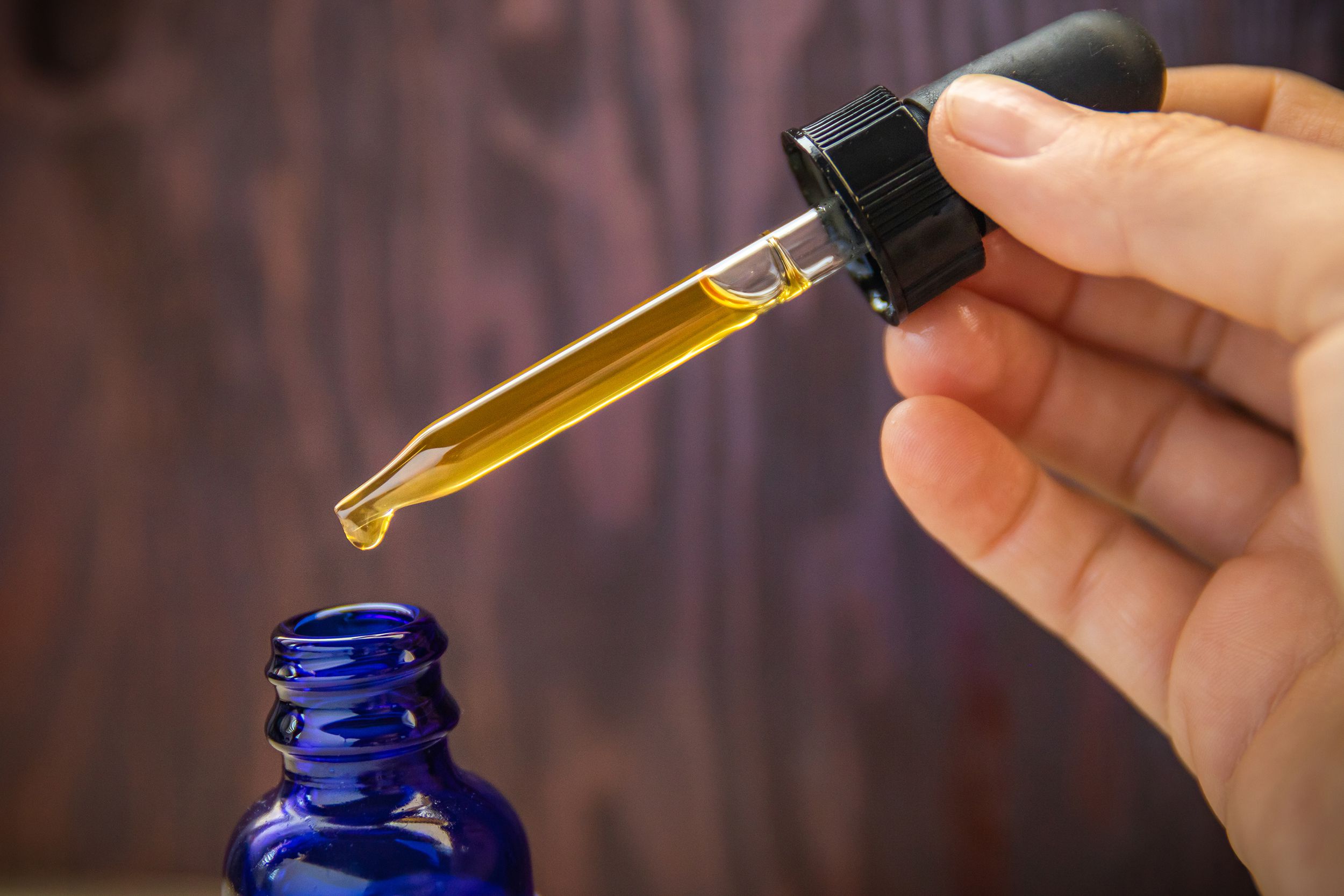
We named CBD — the non-psychoactive ingredient found in marijuana plants — a 2018 trend, not realizing how much growth explosion would take place in 2019. CBD can now be found in many foods, drinks, lotions, beauty and health products, pet products, and beyond, and major companies like Coca-Cola and Ben & Jerry’s are chomping at the bit to release them in their product lines. There is a growing body of research that CBD can be used to treat epilepsy, alleviate anxiety and depression, help manage the symptoms of cancer treatments, and more. However, as one expert noted in The New York Times in October, practice common sense when it comes to purchasing products: “CBD is not a scam. It has a potential medicinal value, but when we are putting it into mascara and putting it into tampons, for God’s sake, to me, that’s a scam.”
Worst: Collagen-Infused Foods
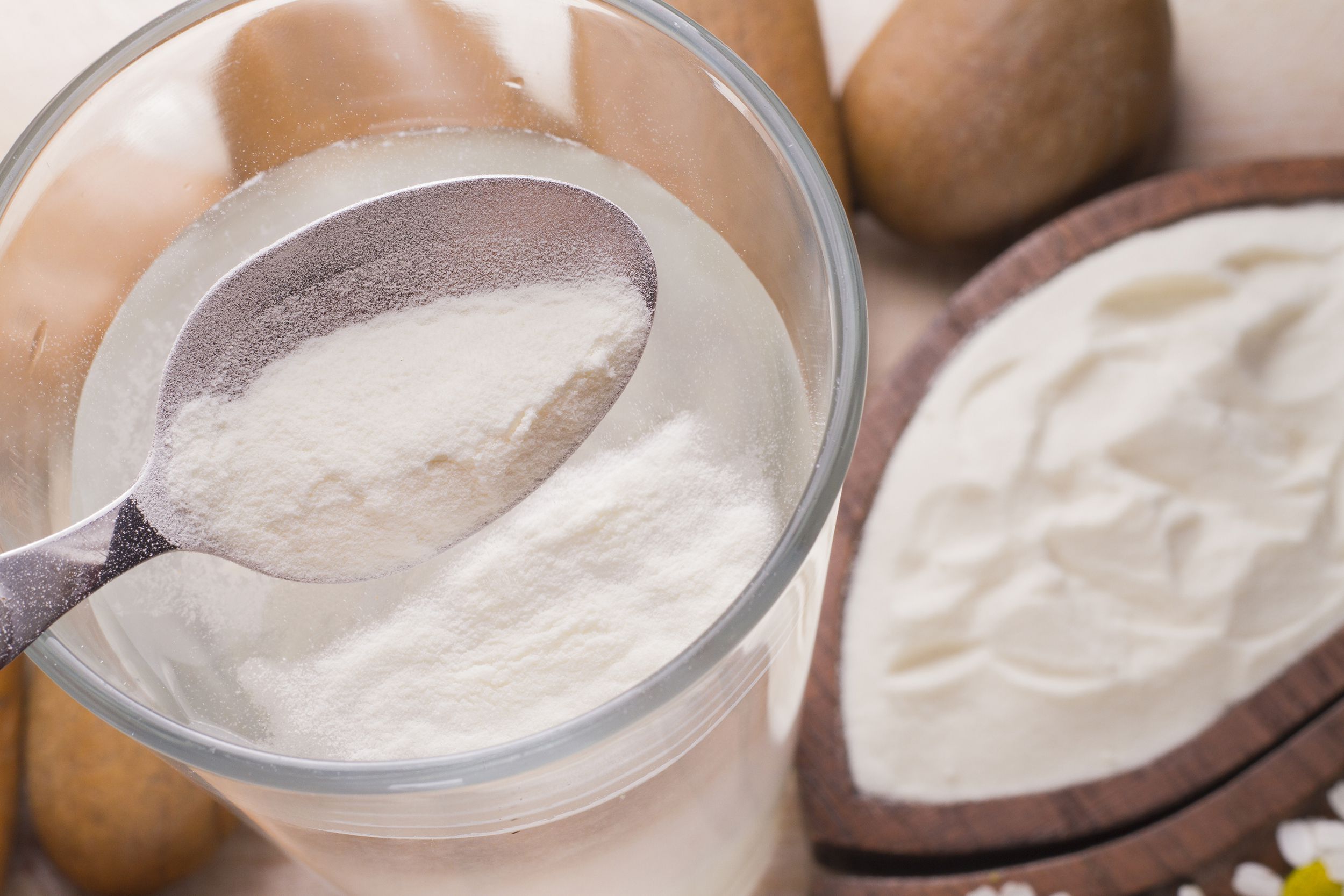
In our youth-obsessed culture, it would be wonderful to think we could eat or drink something that would make us look younger. That’s the idea behind collagen-infused products, including foods and creams, which contain these fibrous structural proteins that our bodies produce less of once we turn 30. But there are a number of reasons why you might just be wasting your money buying collagen powders to throw into your morning smoothie or any of the other collagen products on the market, which include collagen water, collagen peanut butter, and collagen oats. You’re better off, experts say, eating foods rich in antioxidants, exercising, and applying a daily sunscreen and a nightly retinol cream.
Best & Worst Health Food Trends of 2018
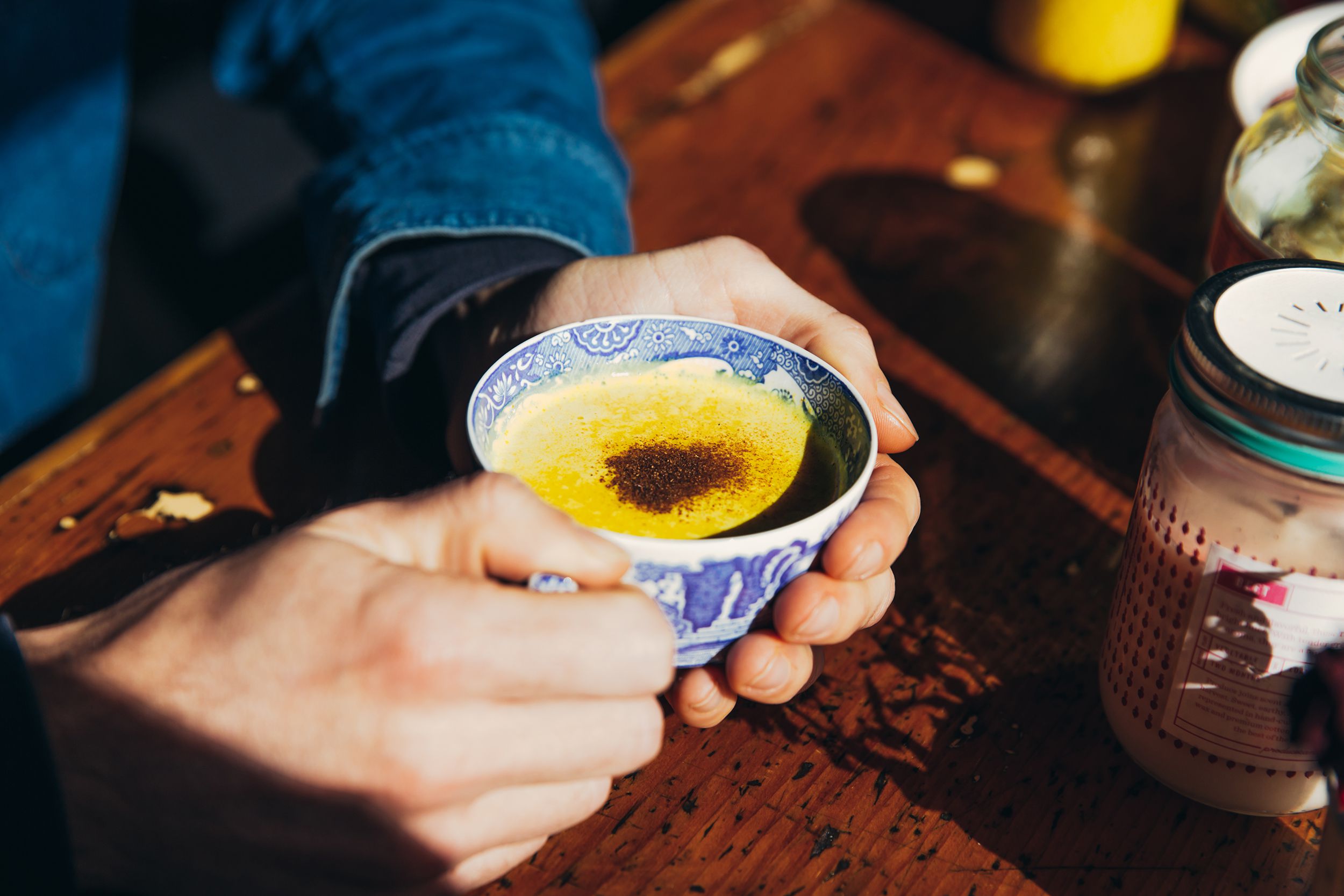
Every year brings a fascinating and sometimes mystifying parade of new health food fads (even less unhealthy junk food trends), and 2018 was no different. From blue matcha drinks to raw water and CBD oil, here’s a look at the trends and developments that dominated the past year and some opinions from health and fitness experts on what’s good and what isn’t.
2018’s Best: Blue Matcha
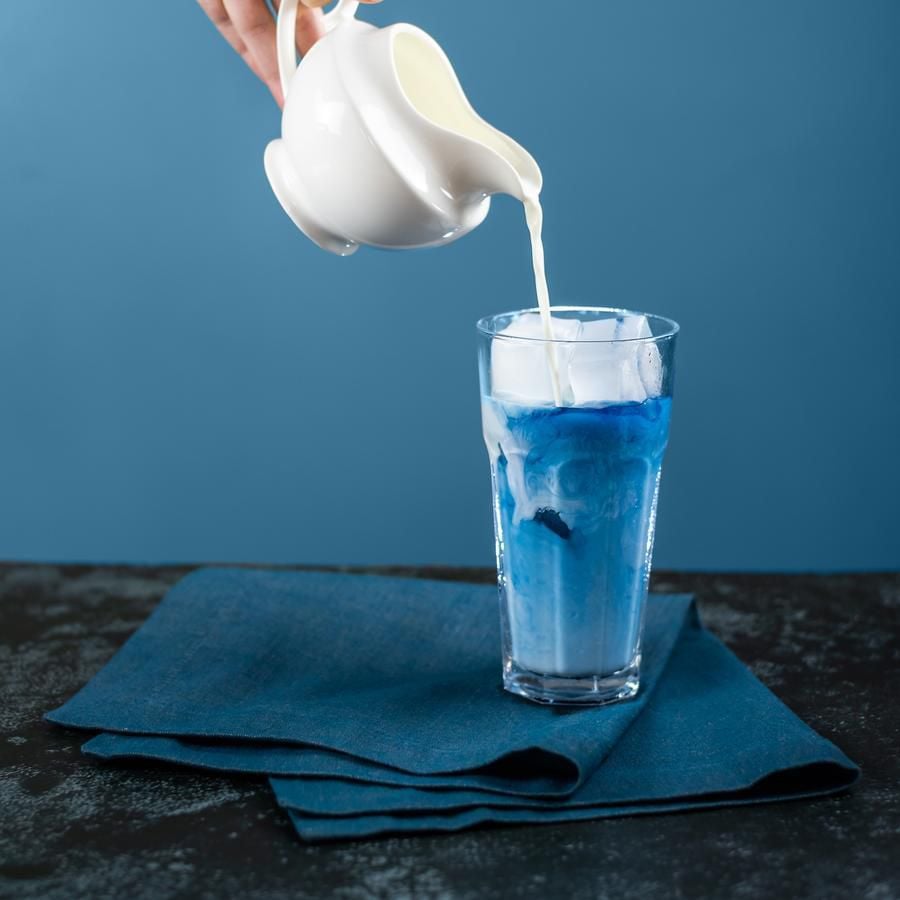
While blue matcha lacks the antioxidants and caffeine of green matcha, this tea made from the dried flowers of the butterfly pea plant has benefits of its own. The jury’s still out, but it’s believed to improve overall cell health and preventing premature aging.
2018’s Worst: Charcoal-Activated Vegan Croissants
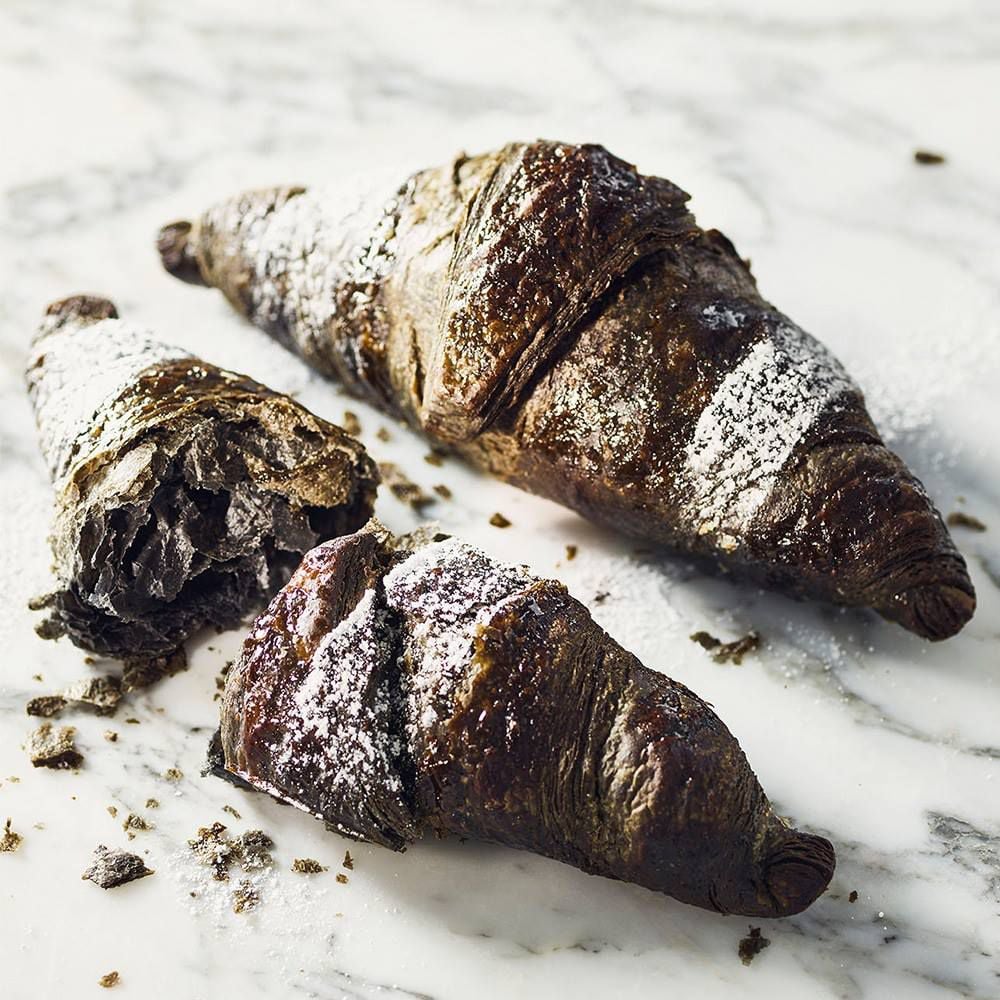
The activated charcoal craze apparently took a new turn with the introduction of charcoal-activated vegan croissants at a shop in London, which generated a bit of mayhem on Twitter. While charcoal has been around for quite some time as a skin cleanser and teeth whitener, the use of the ingredient in croissants led to detractors calling it culinary madness. The croissants are promoted as a way to detoxify the body.
2018’s Best: Mushroom Coffee
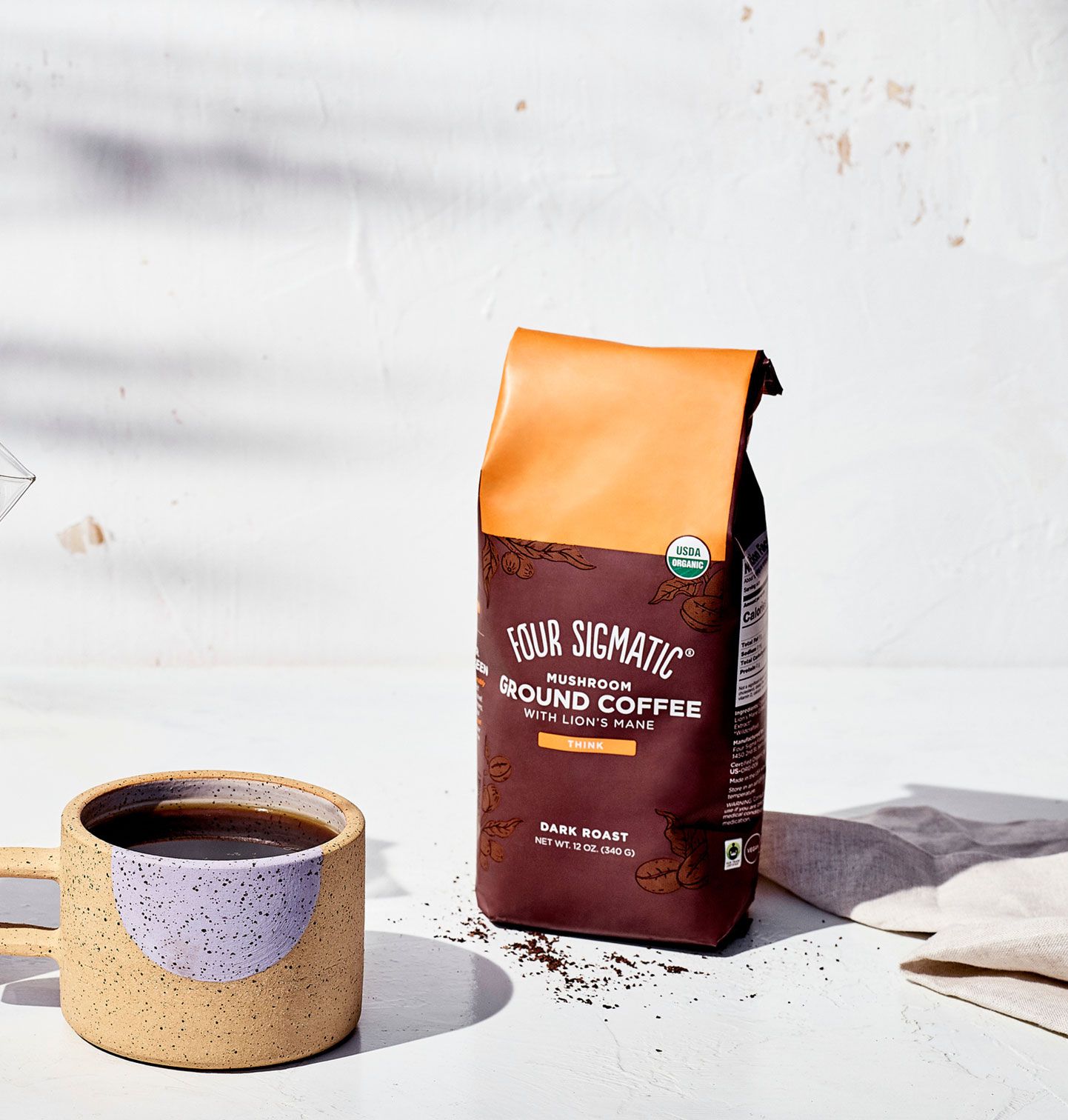
Mushroom coffee may be a bit surprising, but mushrooms are known to have amazing health benefits. They have been part of Chinese medicine for a good 2,000 years, and beilieved to do everything from help boost focus to fight disease, including cancer. While human trials to prove the benefits of mushroom coffee have yet to happen, advocates claim it can boost everything from focus to immunity.
2018’s Worst: Broccoli Coffee
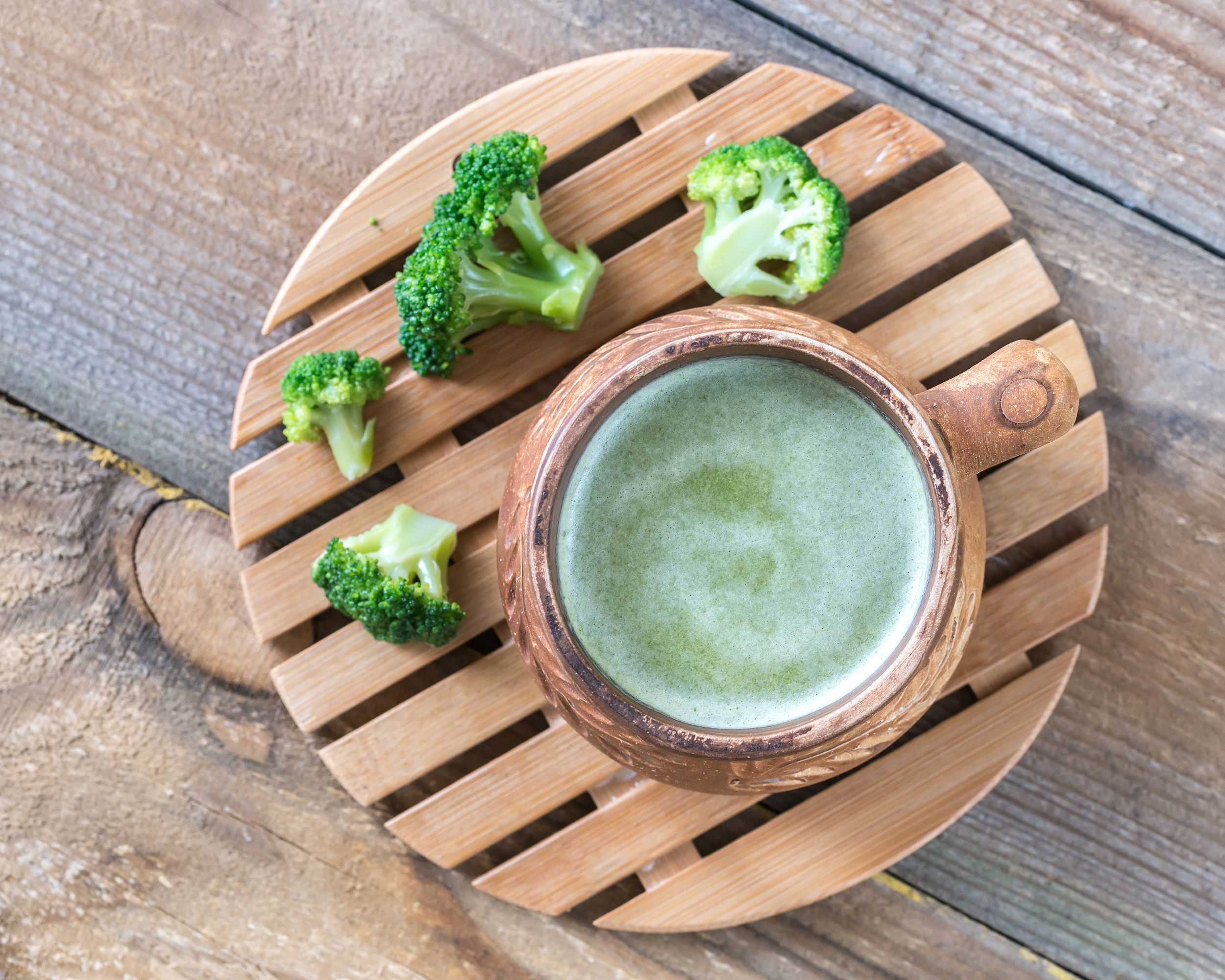
Sure, we could all use some more broccoli in our diets, but few could argue for the appeal of a broccoli latte. In an attempt to improve people’s nutrition, scientists in Australia developed a broccoli powder that could be used in everything from smoothies to lattes. Unsurprisingly, the broccoli powder was subsequently tested at a Melbourne café to lackluster reviews.
2018’s Best: Golden Milk
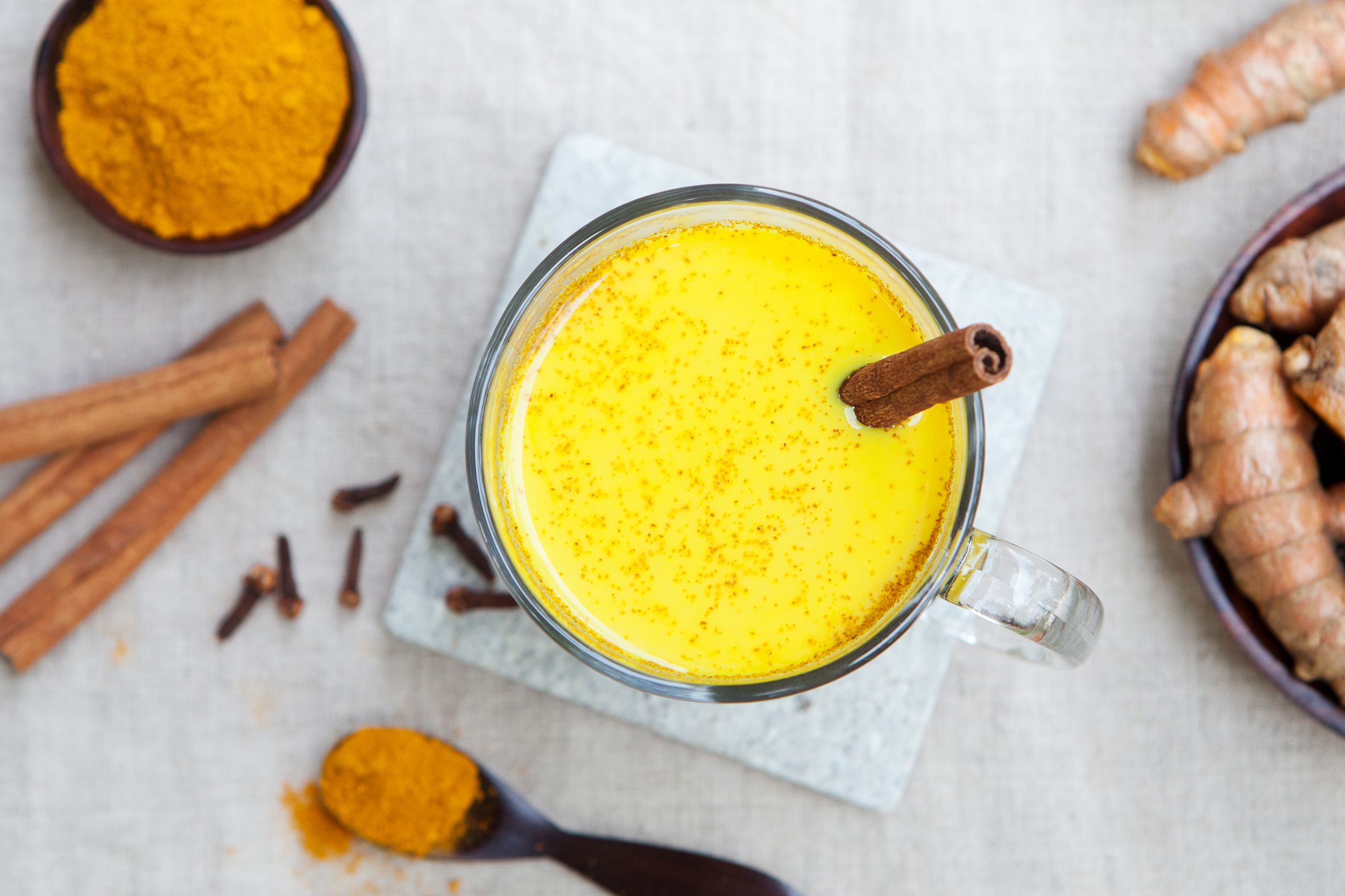
Turmeric has many benefits thanks to the powerful medicinal properties of curcumin, but finding ways to incorporate it into your daily diet can be challenging. Golden milk offers a fortifying mixture of milk, turmeric, and aromatic spices that is not only an appealing drink, but has proven health benefits. Scientific studies link curcumin to brain and cognitive health, weight management, heart health, and inflammation support, among other benefits.
2018’s Worst: Flavored Sparkling Water
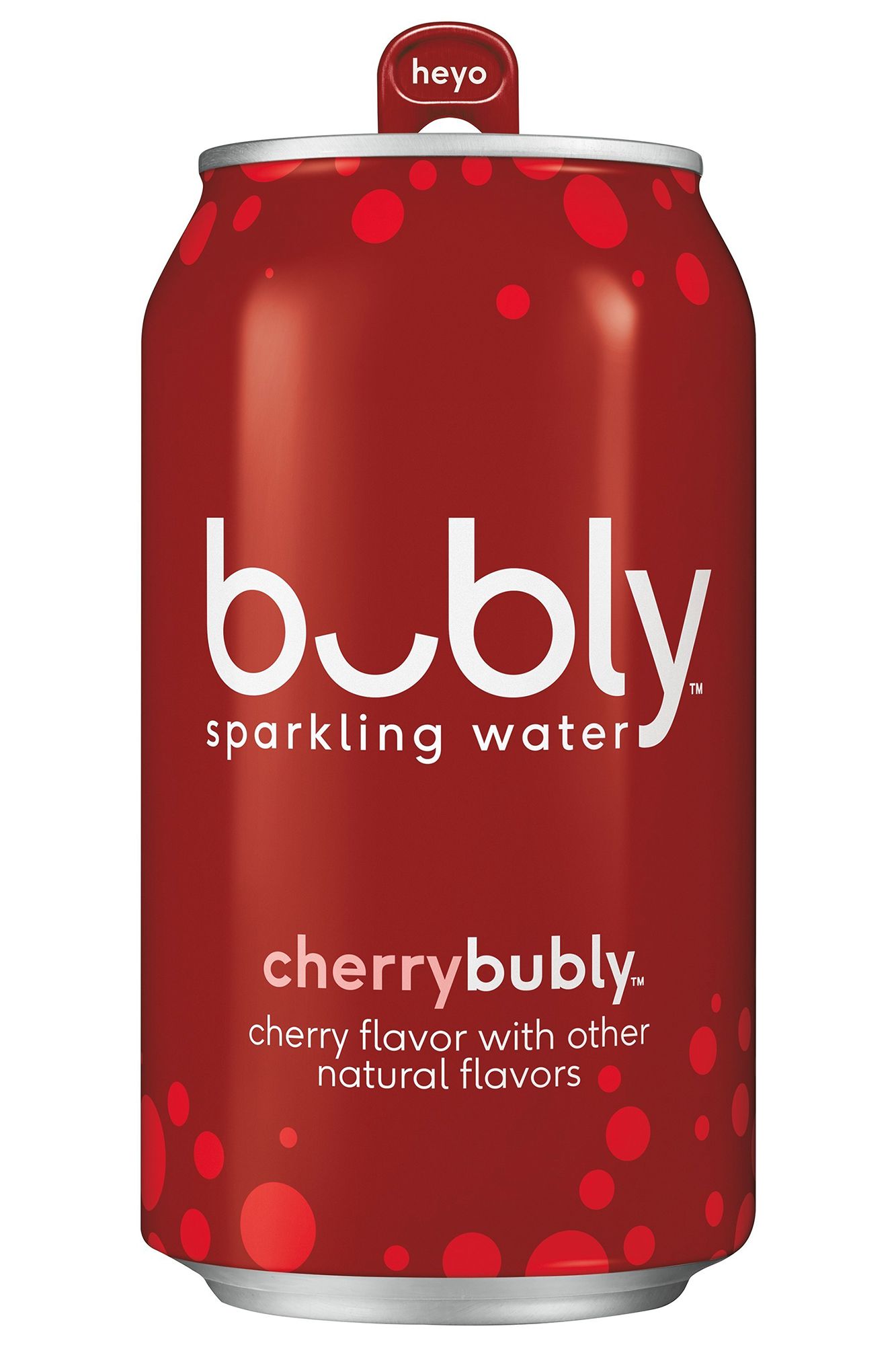
La Croix and other brands of flavored sparkling water have become a hot trend this year, but nutritionists are not entirely pleased. Drinking carbonated drinks, whether or not they’re sweetened, can wear away tooth enamel and cause weight gain.
2018’s Best: Caffeinated Foods
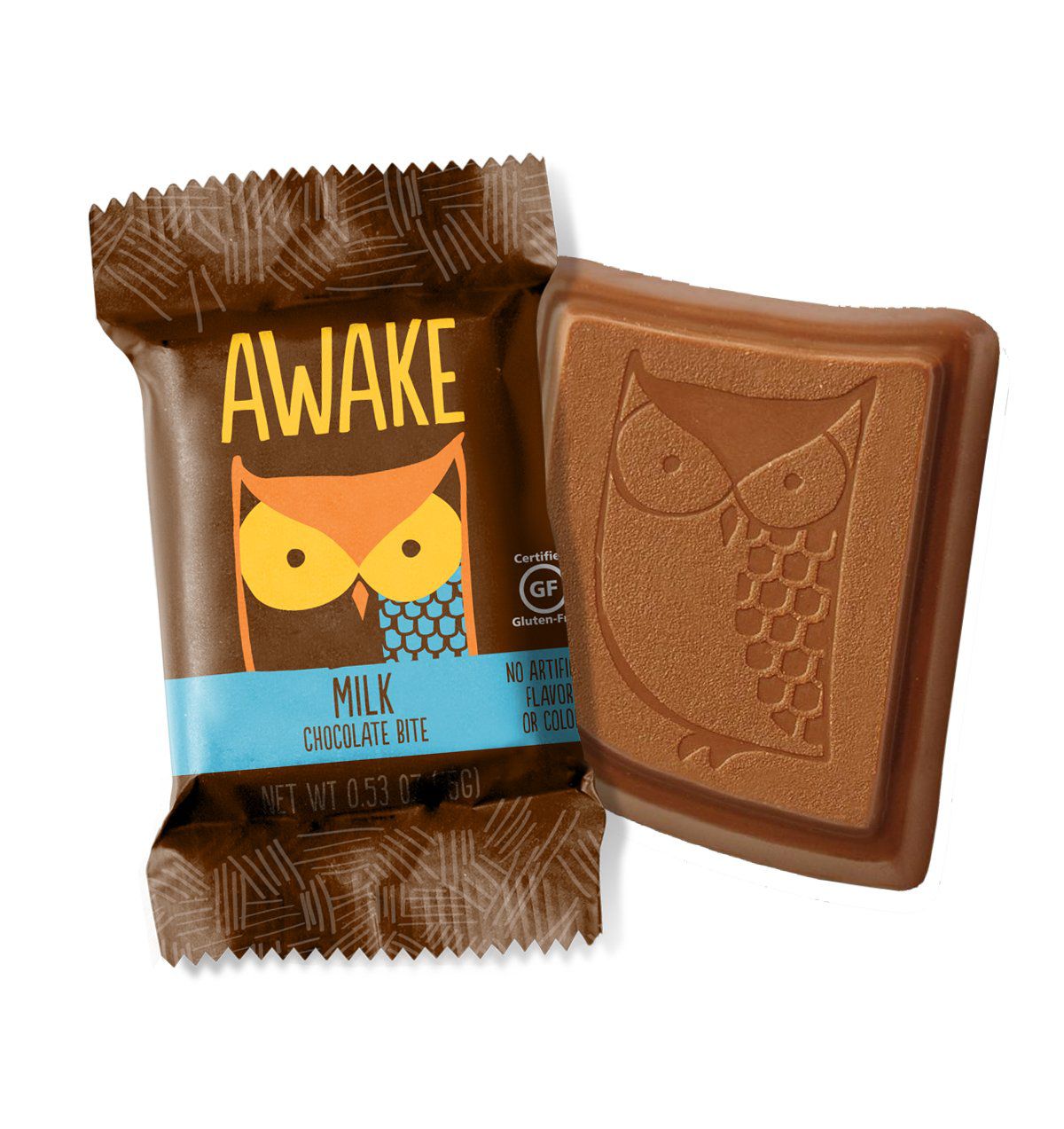
Drinking coffee to get your caffeine jolt can have health benefits but does have some downsides, including stomach upset for some people sensitive to the stuff. Now there’s an alternative in the form of caffeinated foods. The range of energy-boosting foods includes everything from caffeinated peanut butter to caffeine gummies and caffeinated snack bars.
2018’s Worst: Raw Water
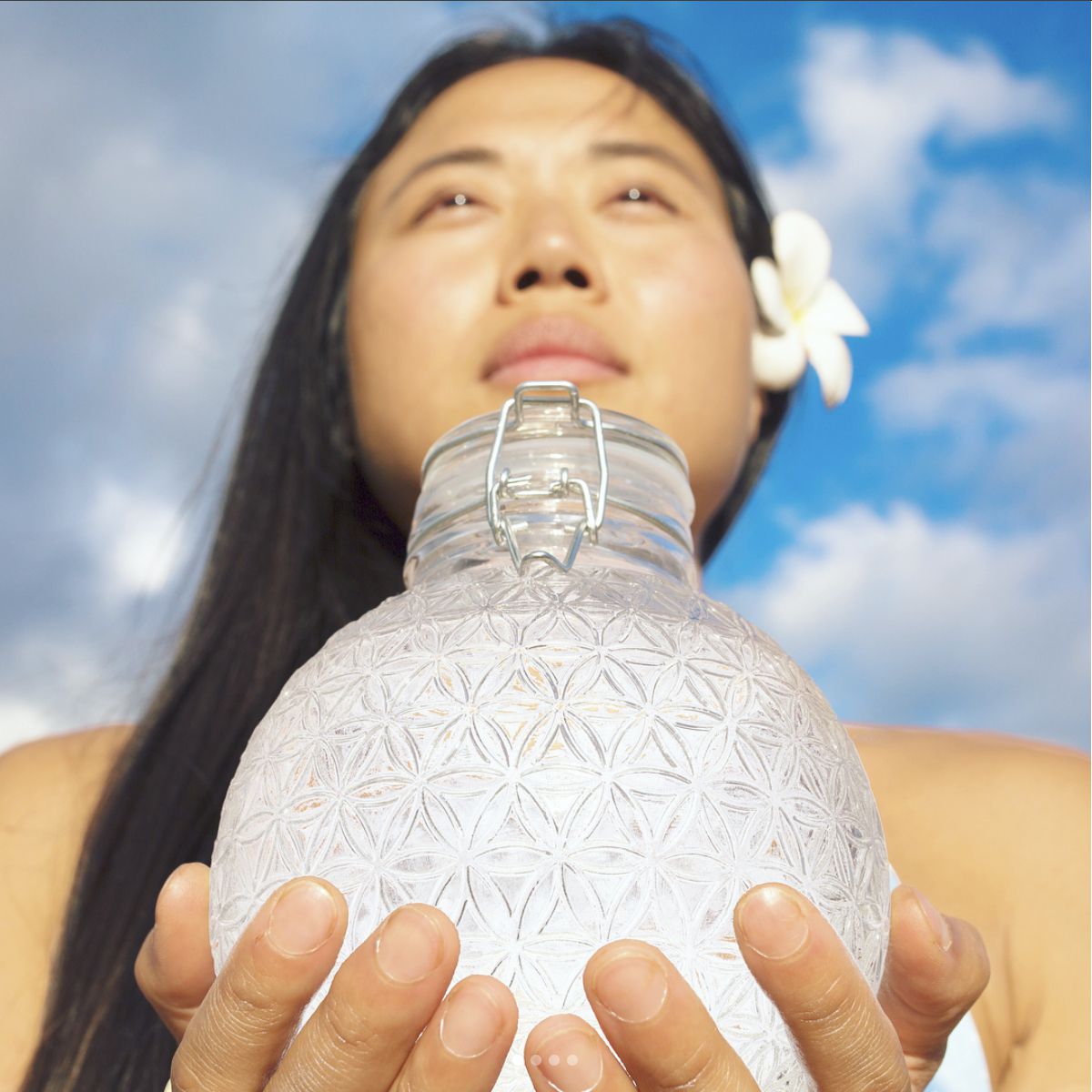
We all know drinking eight glasses of water per day is good for our health, but now the water craze includes drinking what’s known as “raw water” says Jasmine Shirley, nutrition coordinator for Tampa Rejuvenation. “This is unprocessed water that you can purchase for quite some money,” said Shirley. “This is an absurd trend that has no health benefits whatsoever. In fact, drinking untreated water is unhealthy and can make you sick.”
2018’s Best: Drinking Soups

The health food industry has formalized the idea of drinking your soup. Companies are now packaging soups in juice bottles and selling them at your local grocery store. Drinkable soups featuring everything from cucumber and avocado to tomato gazpacho are a popular new way to get your five-to-ten servings of produce each day. An added bonus? All those veggies are packed with antioxidants.
2018’s Worst: Ketogenic Diet
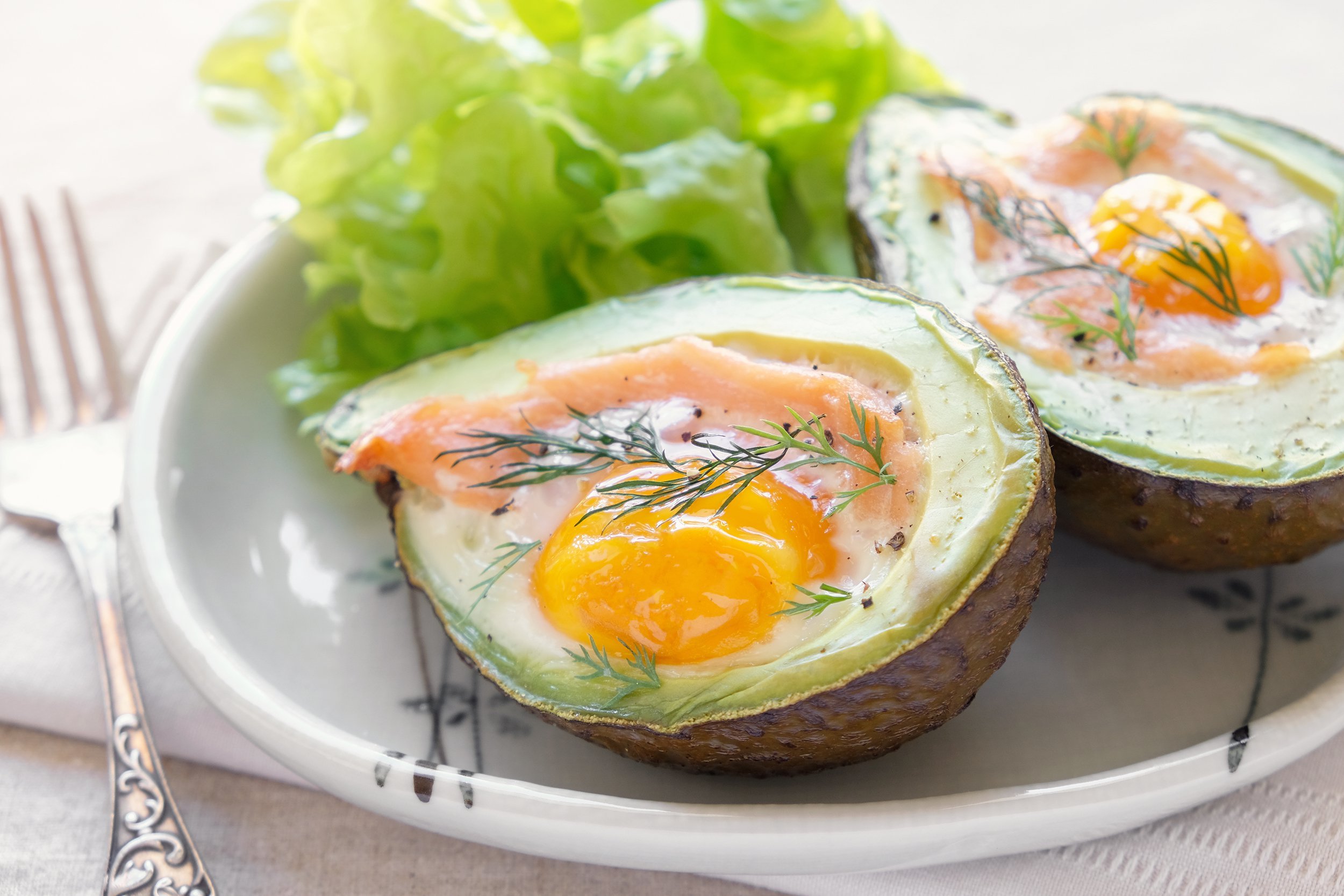
Keto has been rebranded many times over the past decade, and it generates a buzz every time, says Dani Singer of Baltimore-based Fit2Go Personal Training. The diet calls for eating high amounts of fat, a moderate amount of protein, and very limited carbs. While this approach can lead to weight loss and has been shown to have other benefits (for people with epilepsy or diabetes), it rarely works as a long-term approach to maintaining a healthy weight because it’s such a restrictive approach to eating.
2018’s Best: Tahini-Based Foods
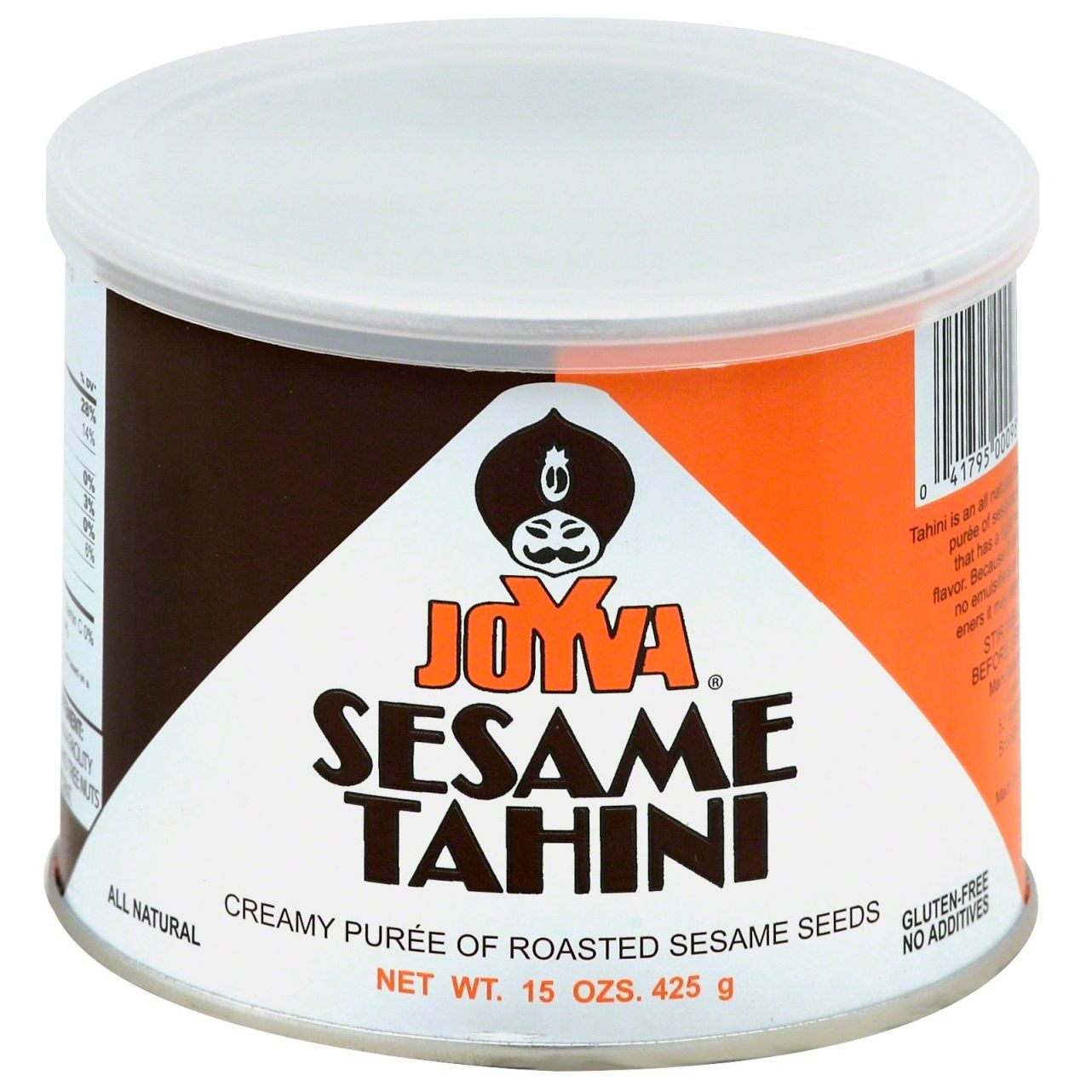
Tahini is a popular part of the Middle Eastern diet for good reason. It contains monounsaturated fats and cholesterol-lowering phytosterols, which help promote a healthy heart. As a convenient way to obtain some of these benefits on the go, tahini-based snack foods are being rolled out everywhere.
2018’s Worst: Vitamin Air
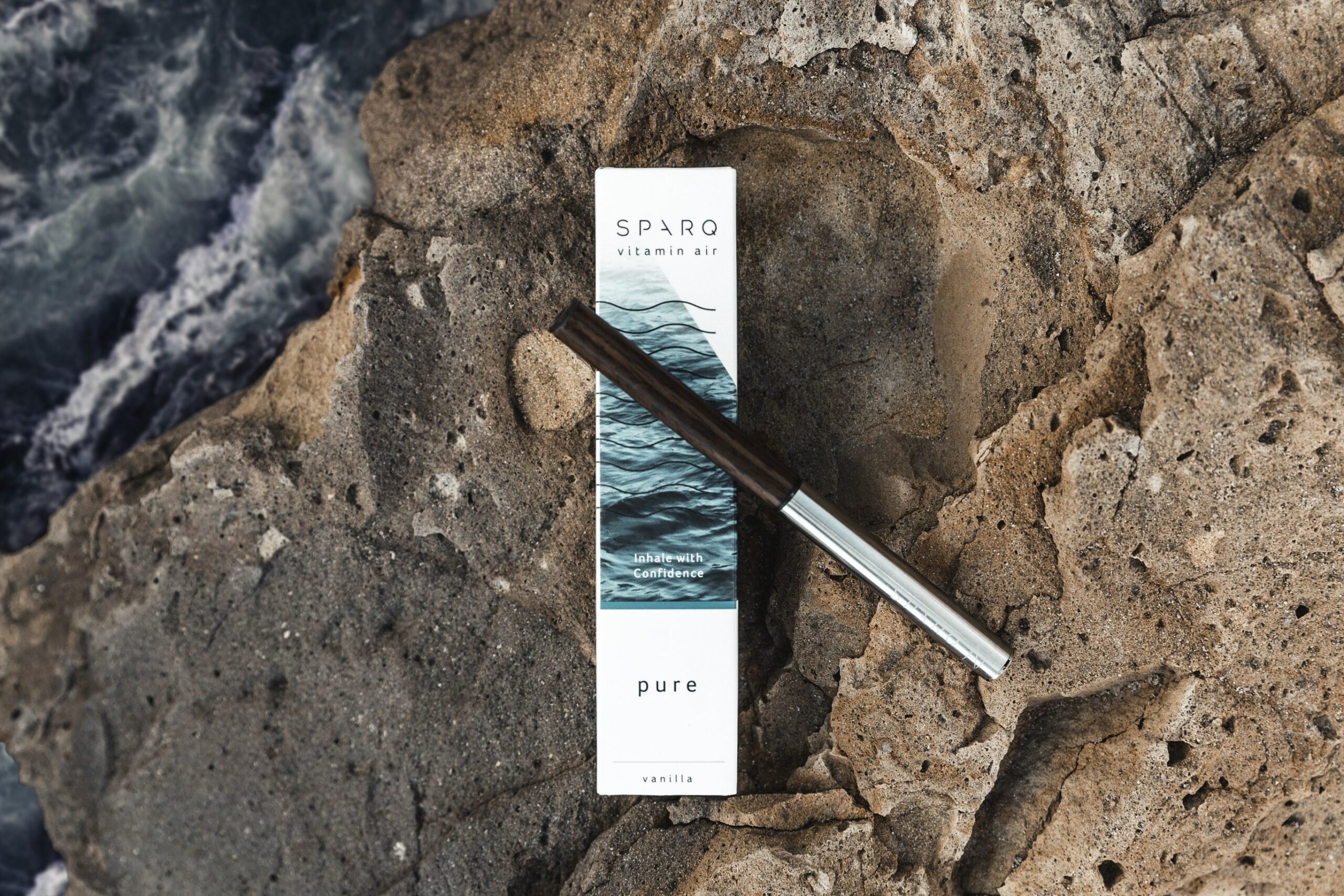
The latest vaping trend is vaporizers that allow one to inhale vitamins, essential oils, and herbal supplements. While researchers are still studying the long-term side effects of vaping, some studies have found a link between vaping and an increased risk of heart attack and lung disease. Want to boost your vitamin intake? Eat more vegetables.
2018’s Best: Popped Sorghum
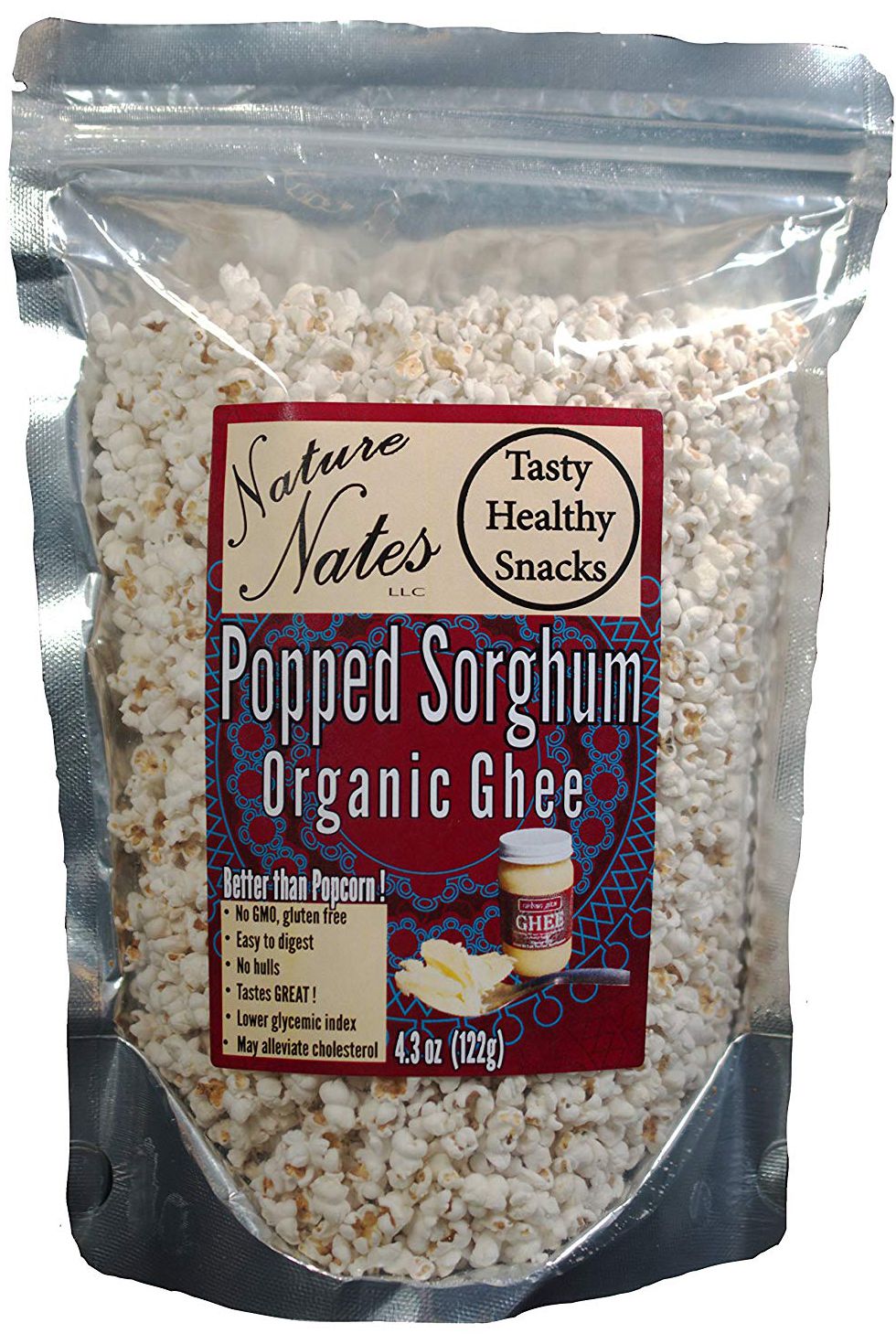
An ancient whole grain that requires half the water of corn and is drought resistant, this development is good for the planet. It’s also a superfood packed with fiber and is gluten-free, making it an all-around win.
2018’s Worst: Healthy Frozen Meals
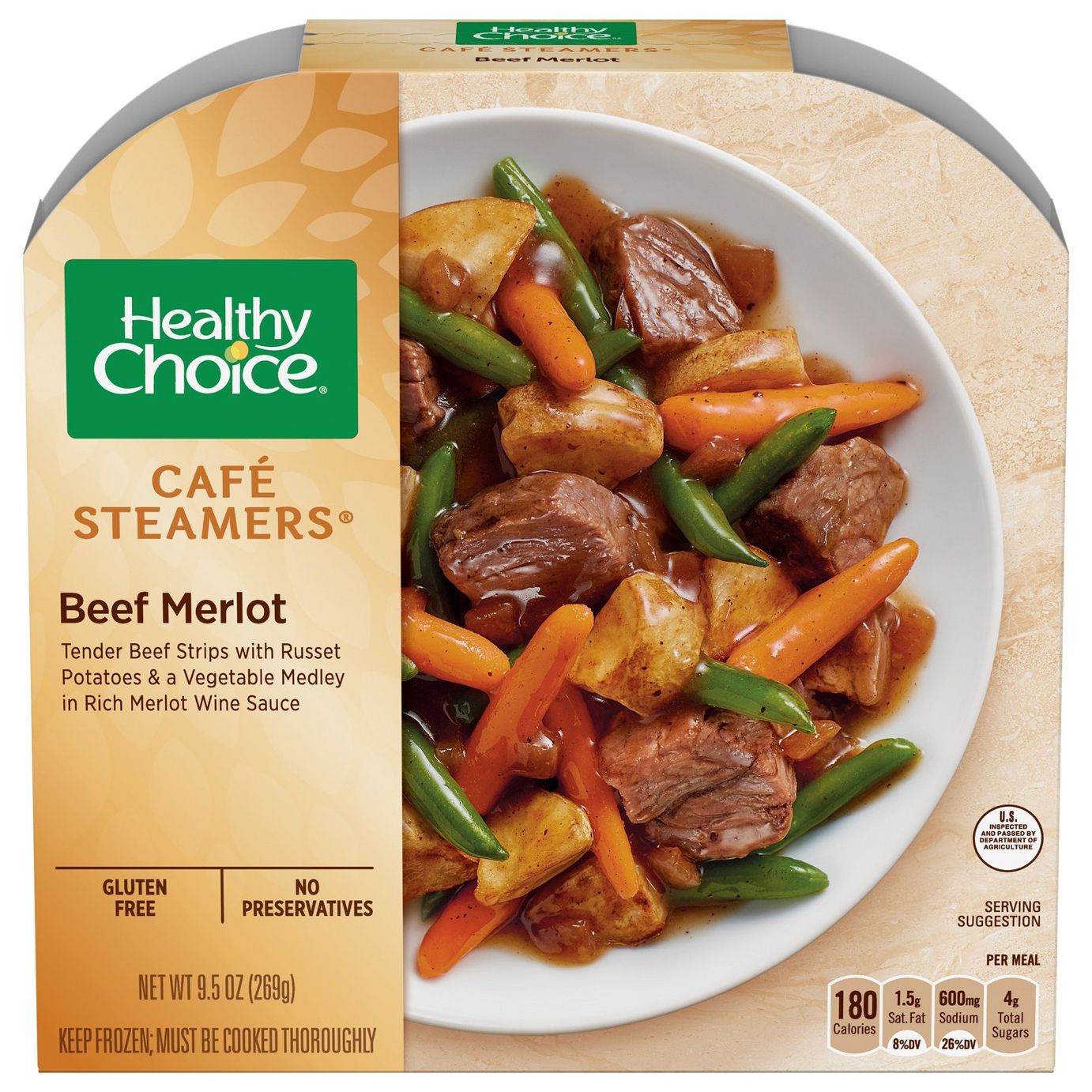
By many accounts, frozen food is making a big comeback, with volume growth in the frozen food segment showing increases for the first time in five years. In general, processed frozen food is almost always a less healthy choice than fresh, unprocessed food. While frozen food companies have begun working to align offerings with healthier attributes customers demand, the best option is always real food.
2018’s Best: Date Syrup
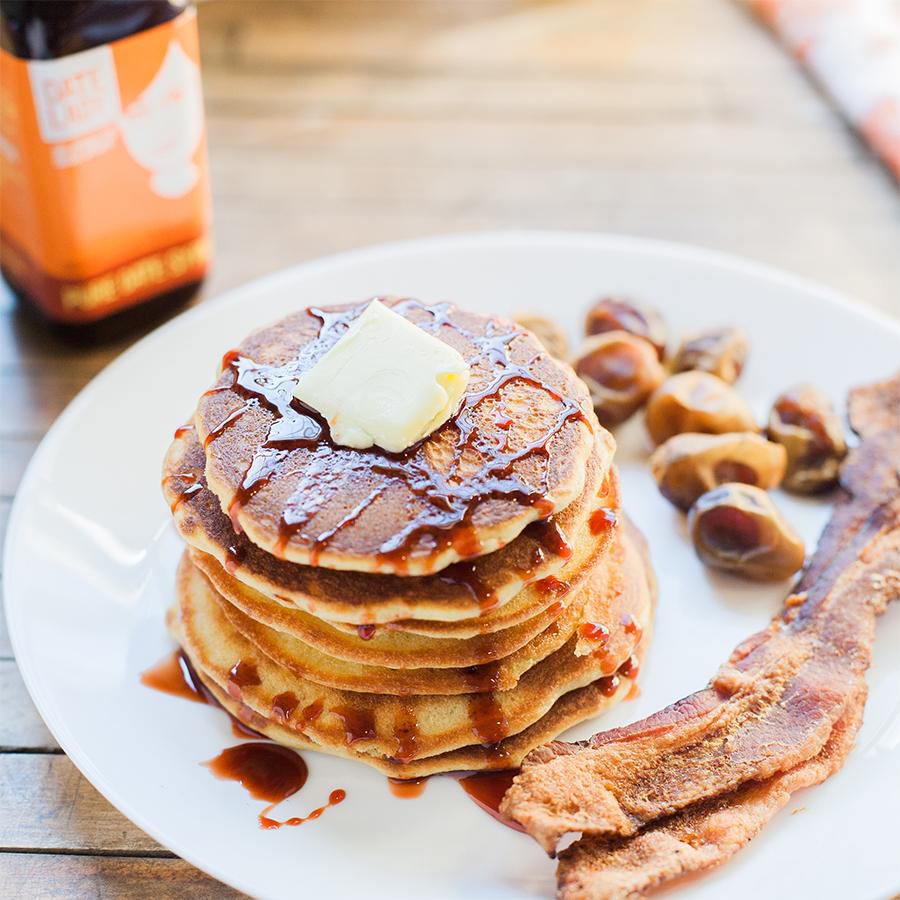
A healthier alternative to some of the other sugar substitutes, date syrup is naturally sweet and packed with potassium, iron and antioxidants. Try using this on your pancakes, or for baking cakes, cookies and pies instead of honey.
2018’s Worst: High-Protein Ice Cream
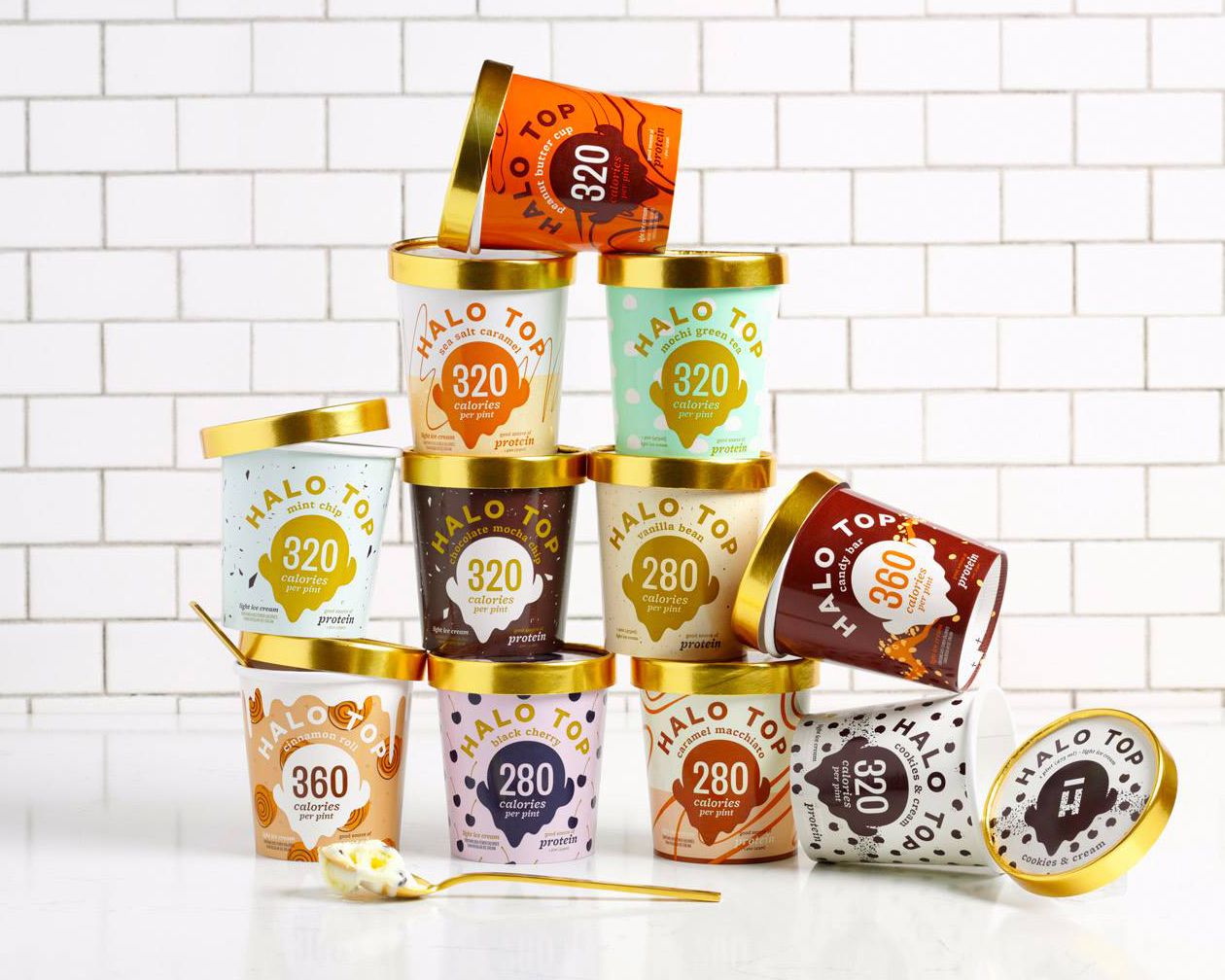
Some supermarkets have rolled out high-protein ice cream that has as much as 67 percent less fat and 45 percent fewer calories than traditional ice cream and is made with a sweetener blend of stevia, cane sugar, and erythritol. While for many people the effort to reduce sugar and fat is important, ice cream is also one of life’s simple pleasures. Unfortunately, the faux ice cream is not a convincing substitute.
2018’s Best: CBD Oil
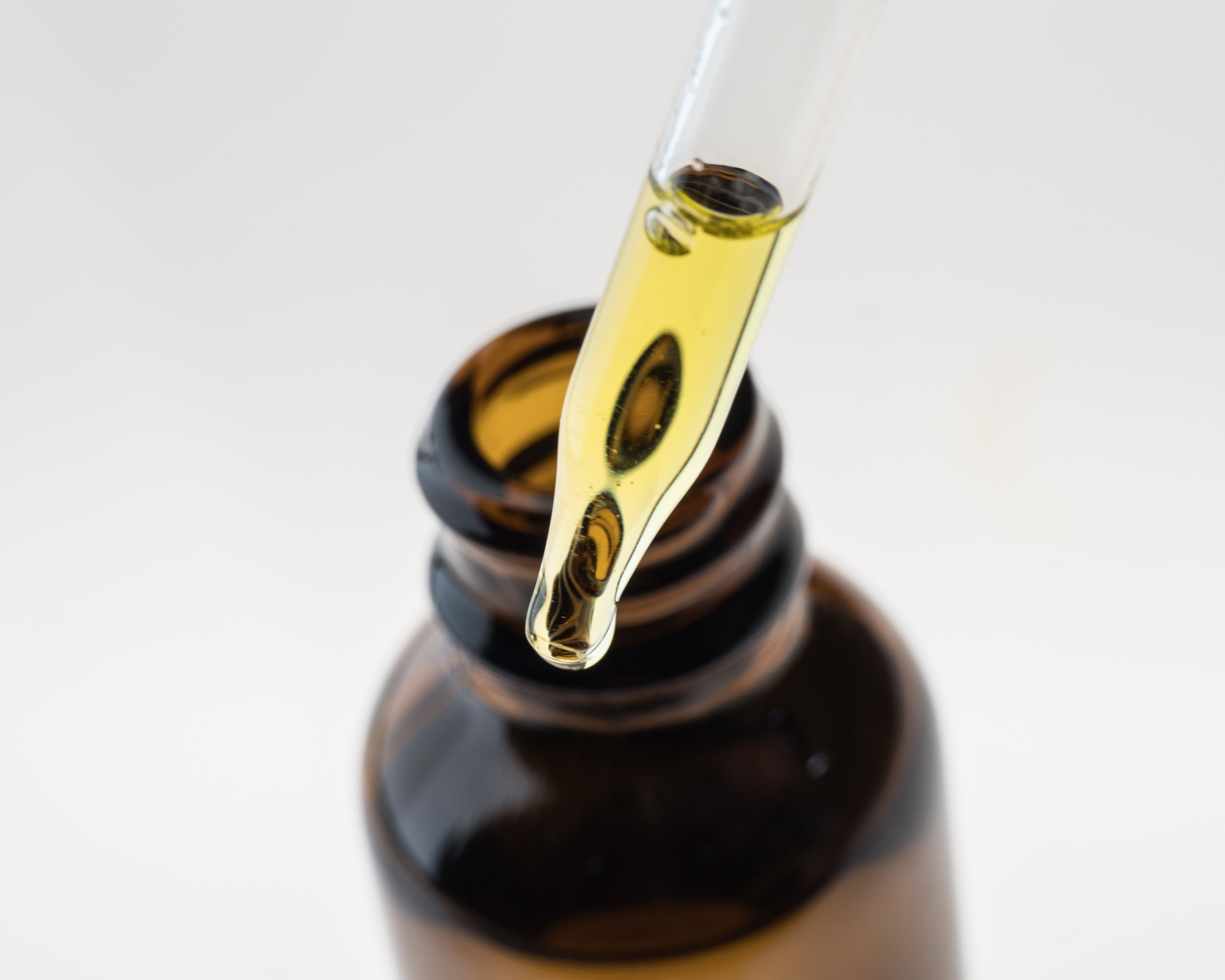
While cannabis-derived products are not a new trend, the use of CBD, which also comes from cannabis, is suddenly on the rise. One of more 100 chemicals found in cannabis, CBD is an extract that’s typically consumed in oil form under the tongue. It is now showing up in a variety of high-end products ranging from coconut oil to body lotion, gummy snacks, and jam. CBD does not cause a user to get high, but it can be used to treat epilepsy, manage the pain of cancer treatments, and alleviate inflammation.
2018’s Worst: Wine Pouches for One
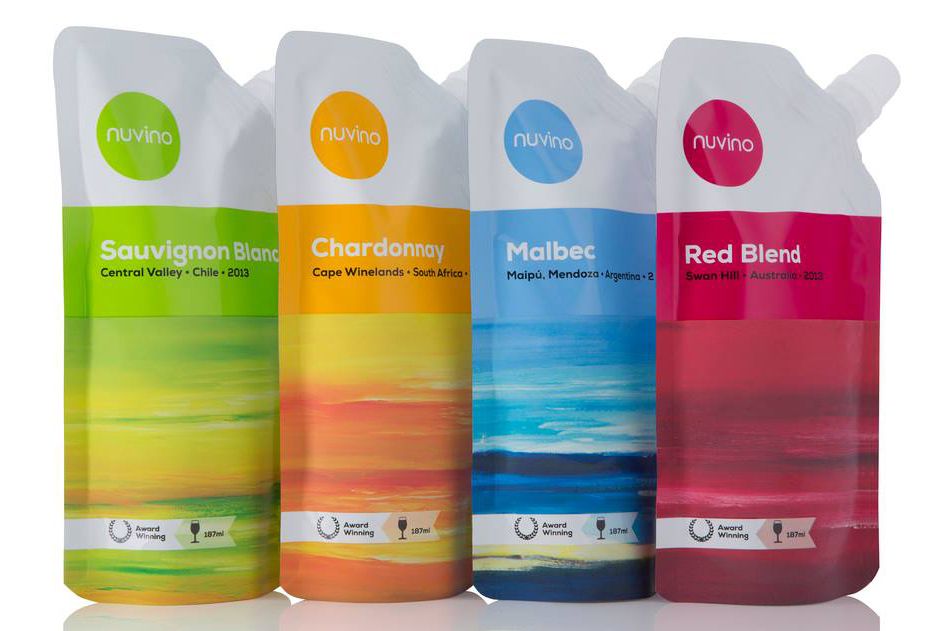
A trend said to be inspired by health concerns, wine pouches for one are aimed at steering those who live alone away from buying an entire bottle of wine and consuming it solo. The single-serving pouches are supposed to be for the health conscious, but really, having a nice bottle of wine in your house, even if you live alone, seems far more appealing then drinking your wine of choice from a pouch.
